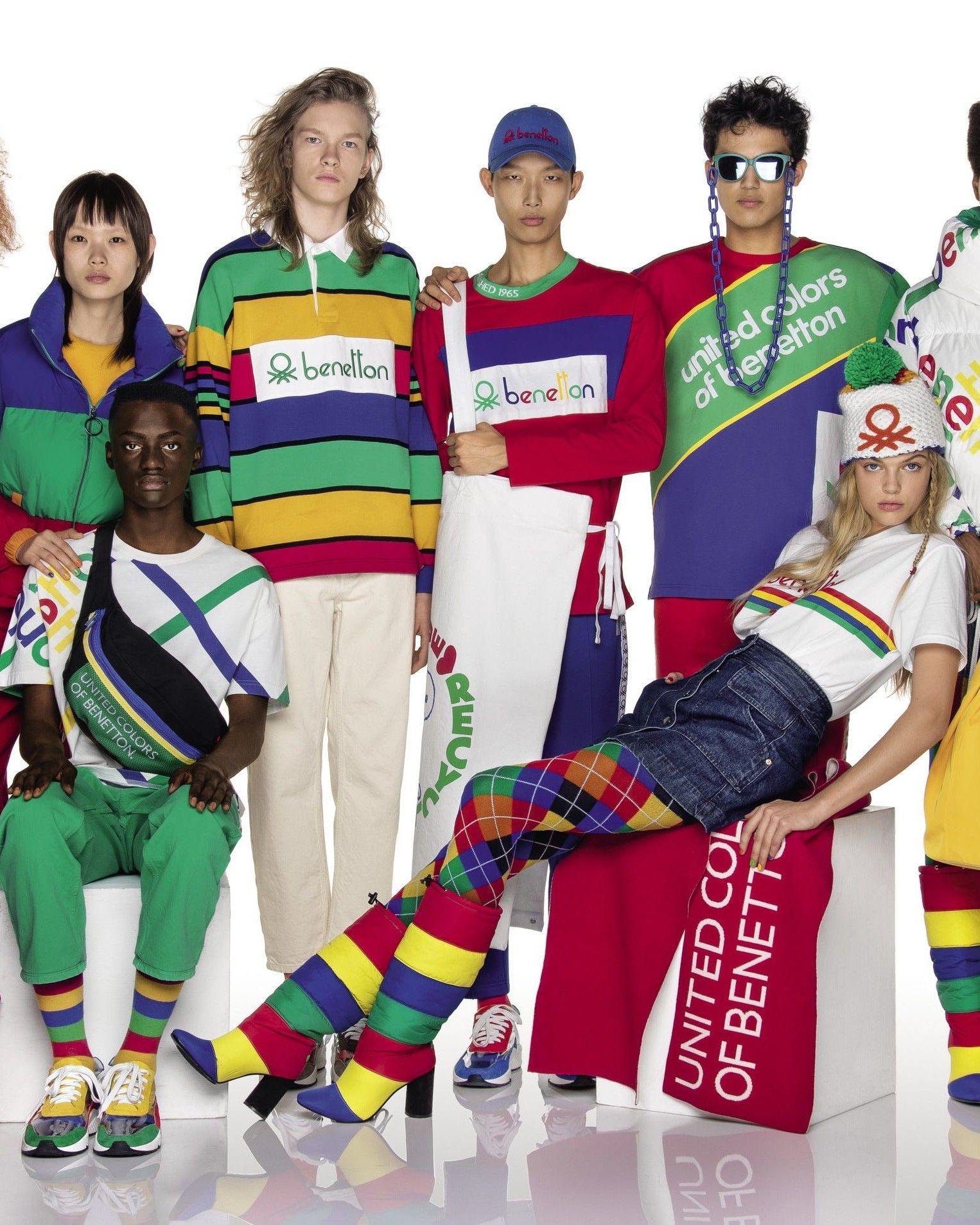
What is going on at Benetton? The culmination of a crisis that has been going on for decades
The Benetton Group, the iconic Italian clothing chain, approved its 2023 financial statement last Tuesday during a board meeting where a significant operating loss of around 113 million euros and a total loss of 230 million euros were discussed. This outcome had already been hinted at by the group's co-founder and president, Luciano Benetton, in an interview with Corriere della Sera. However, anyone living in Italy has witnessed the gradual disappearance and emptiness of the stores over the years and has heard about the numerous issues plaguing the group. In the interview, the president of the group blamed the management, particularly CEO Massimo Renon, although he did not mention him by name. The hostility towards Renon eventually led to his removal from the CEO position, to be replaced by manager Claudio Sforza. But perhaps the most significant point, at least from a business perspective, is that Benetton has stepped down from the group's presidency, formally ending the “family-run” nature of the group for the first time in its history.
We say "formally" because the Benetton family will continue to manage the group that bears their name through the holding company Edizione, the parent company of various activities including the group that they aim to keep alive at all costs as it employs 6,000 people worldwide, over 1,000 of whom are in Italy. This point, not dramatic but certainly critical, is the culmination of a crisis that has been ongoing for some time for Benetton. Recently, pre-existing problems have been exacerbated by the perfect storm of rampant inflation, business depressions caused by conflicts in Ukraine and Gaza, and the increasing dominance in the market of fast fashion giants like Zara, H&M, and Shein, whose exceptional boom has caused the company's revenue to halve over the last decade. As explained by Il Sole 24Ore, from 2012 to 2023, the group's revenue has dropped from two billion euros to just over one billion, give or take a million. In reality, the group has not yet recovered from the blow its image received following the collapse of the Polcevera viaduct in Genoa in 2018, known as the Ponte Morandi. Edizione, which controlled Autostrade per l’Italia responsible for the bridge's maintenance, was embroiled in controversy over poor management and maintenance of the structure. Investigations revealed that several members of the Benetton family and Edizione's management were aware of the problems, causing public sympathy for the Benetton dynasty to plummet to historic lows. The incident led many to want to boycott the brand, already infrequently visited, although the protests never fully materialized.
Secondo me #boicottabenetton non serve a nulla i negozi Benetton per lo più sono tutti in franchising quindi creeresti danni ai poveri cristi che si sono fatti un prestito per aprirsi un negozio ..quindi lasciamo stare e facciamo fare a chi di dovere magistratura in primis
— leonardoPele’ (@leonard34395822) August 15, 2018
As mentioned, the Benetton group's crisis has deep roots. If at one time the name Benetton symbolized the new economic miracle and entrepreneurial success of the 1980s (similar to what happened to Trussardi), the heartbeat of a company that became huge in its business scope, clothing now represents only 2% of the holding controlled by the Benetton family, which is now focused on industrial sectors far removed from it. One might wonder whether the decline of the core business prefigured or caused that of the company - although the positive image of the Benetton family undoubtedly facilitated its other, larger affairs. The company's problems date back to the past, long before dramatic historical turns like the September 11, 2001, attacks, the 2008 financial crisis, and the pandemic, and long before the significant crisis the fashion industry faces today. In the 2000s, for instance, the company was slow to adapt to the digital revolution brought by the internet, which radically transformed the fashion sector through e-commerce and new forms of communication. There was also, to a lesser extent, family involvement in the dispute between the indigenous Mapuche population and the Argentine government after the Benettons acquired in 2003 a company originally English, owning about 900,000 hectares of land in Patagonia claimed by the Mapuche people, forced to live in overcrowded conditions and often employed as cheap labor.
Another controversy, less severe today but very heated at the time, was the UNHATE campaign of 2011, which featured a photo of then-Pope Benedict XVI kissing an Islamic Imam. The repercussions in Italy can be imagined. However, the case was emblematic because it preceded the group's delisting in 2012, perhaps marking the first sign of cracks in the massive family business. Globalization then prompted Benetton to shift production to Asia while maintaining the same prices. This created serious problems when, in 2013, the collapse of Rana Plaza, one of the largest "factories" producing fast fashion garments, occurred in Bangladesh, killing over 1,100 workers. Benetton was among the brands produced at low cost there, and although the event received little mainstream media coverage, the already tarnished reputation of the company received a new and severe blow. Other controversies included the management of the monobrand store network, operating in franchising, whose owners were required to meet sales targets that did not always reflect real sector demand, guaranteeing minimum levels of supply and assortment, without taking responsibility for the withdrawal and disposal of unsold merchandise. This situation emerged in 2019 with a special report by Report, which, coming in the wake of the Ponte Morandi case, further damaged the family's reputation.
From an innovation and style perspective, Benetton failed to capitalize on its widespread presence in key locations across Italy. For example, in Milan, its store was already in Piazza Duomo before various Zara and H&M stores. Yet over the years, while the two fast-fashion giants adopted a production model highly adaptable to current trends, bringing runway-inspired designs to their stores even before the originals hit the market, Benetton had already settled into a complete absence of creativity, producing collections that stylistically remained in the 1980s when the brand exploded. Meanwhile, the rapid and efficient giants Inditex and H&M devoured the market: from 2013 to 2023, Inditex's revenue more than doubled, from 16.7 to 35.9 billion euros, and H&M's grew from 14 to 21 billion. A key element here was the lack of market targeting: while Zara and H&M produced for all segments but focused heavily on the young and revolutionized their approach to shopping, Benetton remained stagnant. The attempts to position Benetton as a streetwear brand first and a fashion brand later, organizing shows at Milan Fashion Week, were belated. In 2021, after over a decade, Benetton lost the large flagship store in Duomo it had held since 2003: it was the (announced) end of an era. It will now be up to the new CEO, Claudio Sforza, to put the Benetton house in order – it remains to be seen whether fashion and clothing will still matter in the new setup.















































